Los Angeles has many buildings with unique history but some of them are abandoned. Los Angeles Future pays attention to them, allowing you to look at certain sites from other points of view. To explore these places, you will have to deviate from popular tourist routes and visit remote areas of the city.
Llano del Rio
This is the first abandoned place that we want to talk about. A century ago, communists bought stock in the Antelope Valley (northern Los Angeles County) to start manual construction. It is worth telling more about the history of this abandoned place, as well as about the people with whom it is connected.
Job Harriman was one of the main representatives of socialism in California at the beginning of the 20th century. The man was a regular candidate, ran unsuccessful campaigns for governor of California, vice president of the United States and twice ran for mayor of Los Angeles. After unsuccessful attempts to build a political career, he began to look beyond Los Angeles. His dream was to build a socialist colony with successful corporate housing. Job Harriman’s next steps were:
- formation of the plan of the colony
- creation of a corporation for the purchase of land for corporate settlement
- conditions were put forward for new residents, namely the purchase of shares worth $2,000 and getting a job
- Job Harriman was joined by socialist and banker Gentry P. McCorkle.
Despite the publication in the Gate of Freedom newspaper and the mockery of other authoritative publications, there were many willing to purchase the certificate of the colony. By May 1914, the colonists began to move to ten thousand acres of land, where there was nothing but rabbits and weeds. The territory was located 90 miles from Los Angeles.
Construction of permanent structures began in 1915. They used adobe clay material, which became the basic building block of the site’s first residential architecture. The first public building was a hotel with a large dining room and fireplaces. Meetings of the colonists were held here. Activities were held in the assembly room. Life here turned out to be extremely difficult due to the lack of fresh vegetables, fruits and long working hours under the scorching desert sun. People were inspired by a sense of common high purpose. However, this could not last forever.
During the heyday of the colony, approximately 1,500 members were living in it. The number of houses reached 200 structures. The colony ended its existence in July 1916, after the refusal to protect water rights and the construction of a dam to irrigate the fields. After this decision, the partners and members of the colony began to look for a new home.
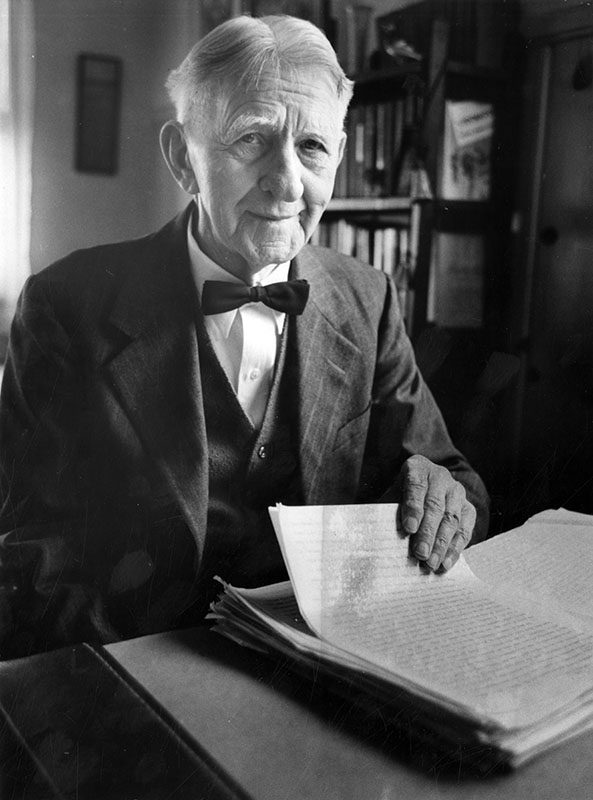
Ruins
Today, only the ruins of the socialist colony of Los Angeles remain. It’s a ghost town in the desert. Large stone pipes are a reminder that this was once the centerpiece of a cozy hotel. Rough stone foundations indicate that there used to be houses and workshops here. You will not meet people here, only lizards.
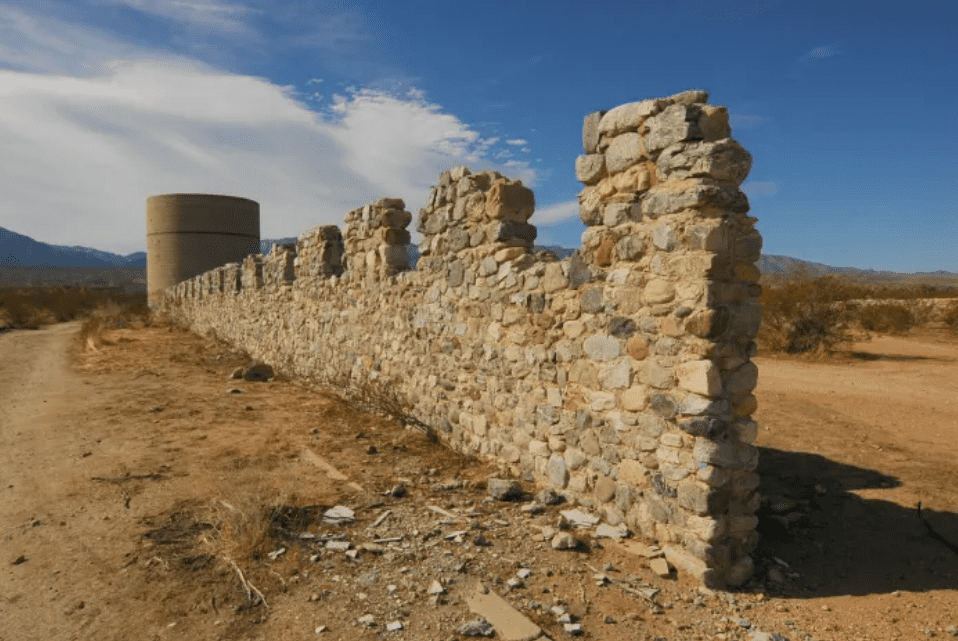
The Keller House
Only the stone walls of a house built in Malibu, California are left. It is known that Henry Keller bought a wooden cabin in 1903. He rebuilt it on his own, using stone. This decision helped to resist forest fires. The walls, some parts of the house and the chimney have survived to this day.
This home is often referred to as one of the oldest in Malibu because of the solid construction material, even though it is relatively young.
In various sources, you can find information that Henry Keller is associated with Matthew Keller, a famous winemaker who worked in the central part of Los Angeles. Winemaker Matthew Keller’s son, Henry, inherited the land from his father and sold it. Then, he bought a wooden hut, which before that was used for hunting. After it burned down, the man decided to start building a stone structure.
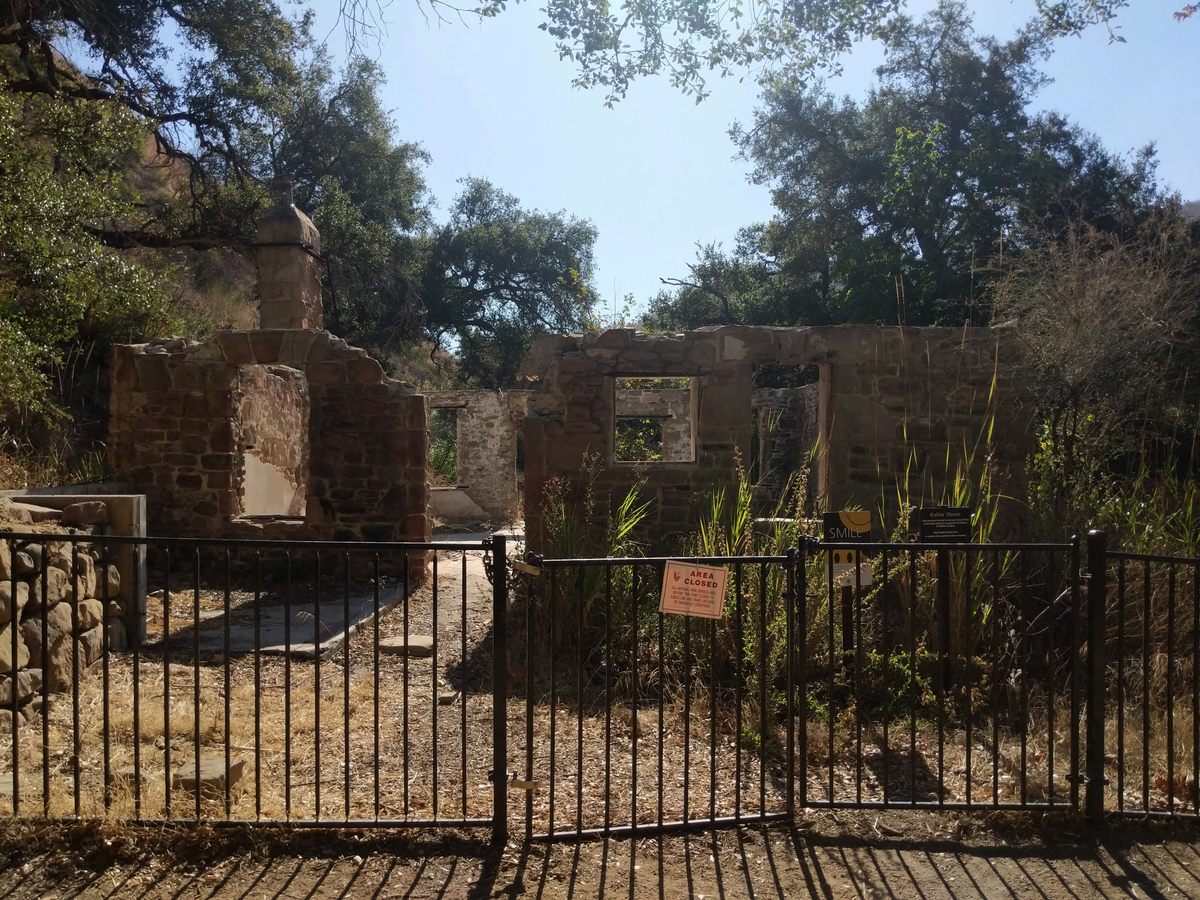
The road to Keller’s house
The house is surrounded by a fence. There is video surveillance, but this will not prevent you from looking at it up close. It is enough to cross a small bridge and look at the information poster on the path.
The problem with this area is the frequent forest fires, which not only damage the area but also lead to trail closures.
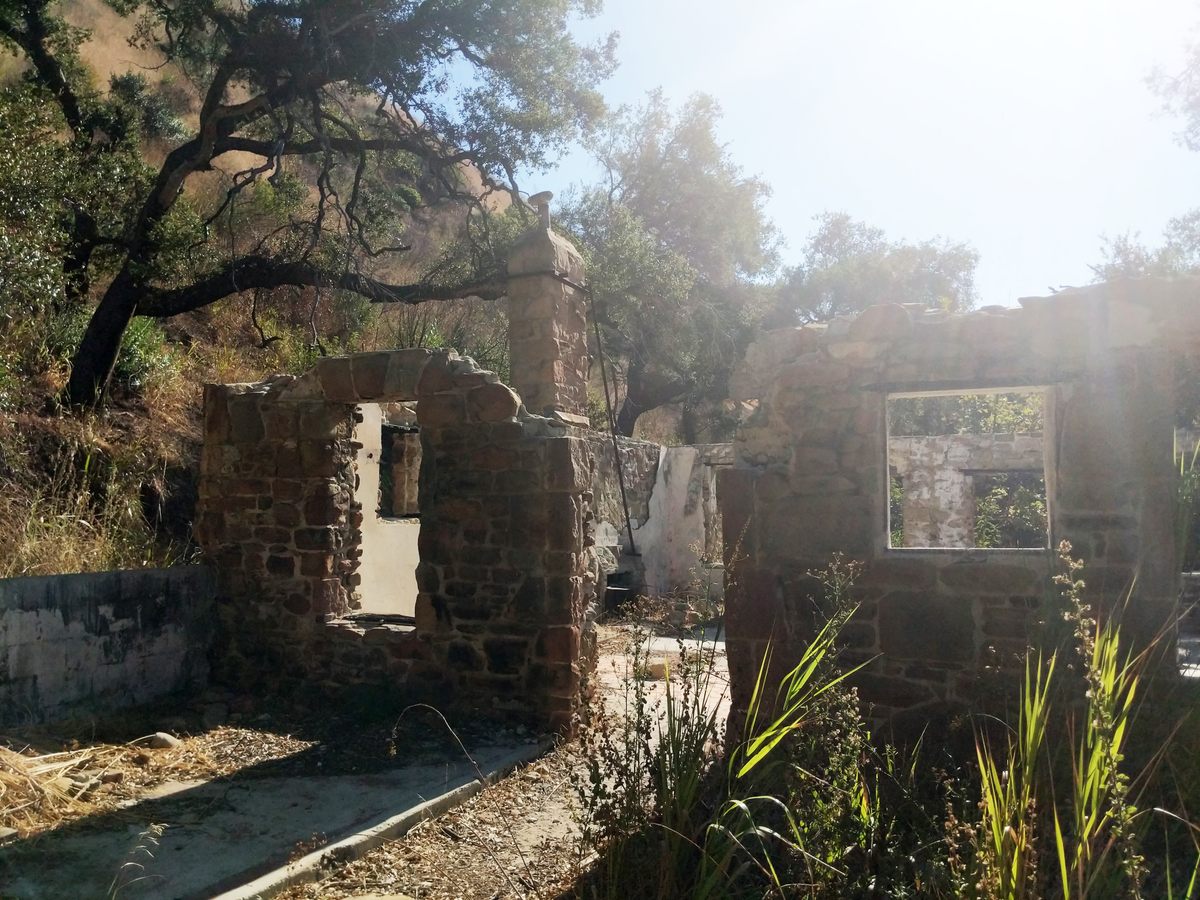
Kelso Ghost Town
An abandoned railroad depot is located in San Bernardino County, California. It is a historic desert oasis of Mojave National Preserve. Previously, the city was provided with food, water and postal services because trains passed through it.
Kelso was built in 1905. There was a railway depot in the center of the city and other administrative buildings could be seen. The city is named after John H. Kelso. It was planned that it would become a rest stop for workers and passengers, all traveling along the desert railway.
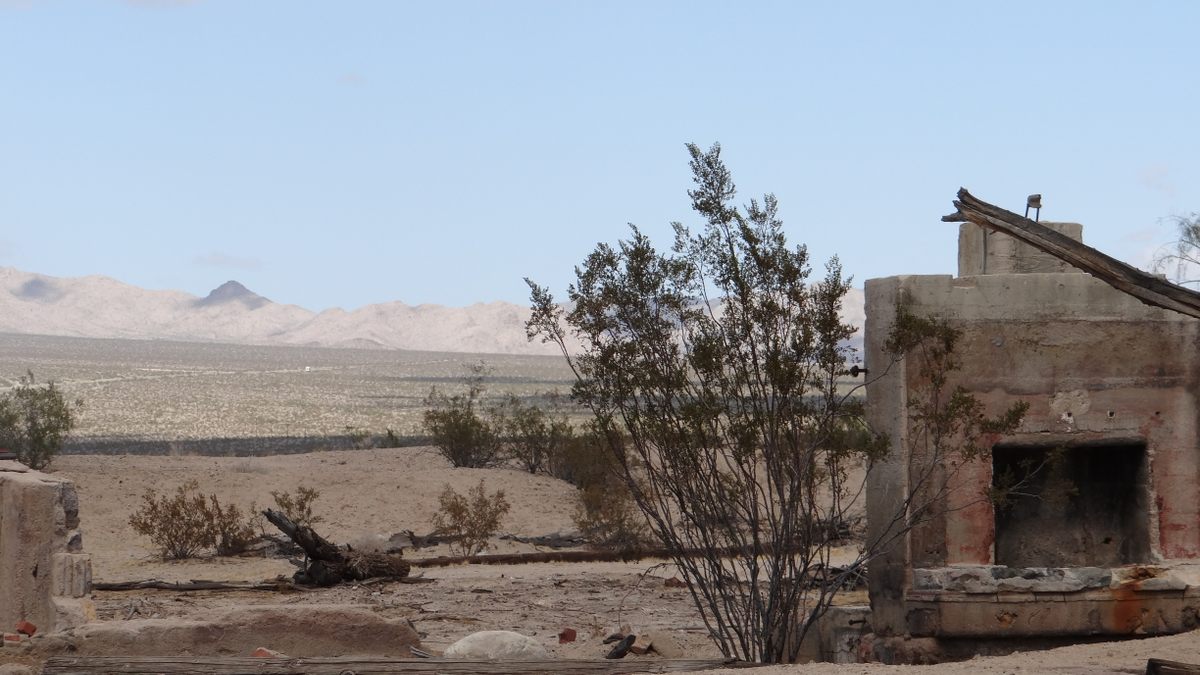
The peak of prosperity and decline
About 2,000 people called this small town home in its heyday. In the 1940s, iron ore mines were opened nearby. After the closure of the mines, the population began to decline.
In the 1970s, the city of Kelso received the reputation of ‘the city without television’. In 1986, the railway depot closed and the city was doomed to destruction. Local residents rallied to preserve this important piece of history.
It is known that in 1994 the National Park Service gained control of the site. In 2005, the railroad depot was opened to the public. The Mojave National Preserve Visitor Center is also located here.
After visiting a ghost town, you can have a glimpse into the past and feel a special atmosphere.
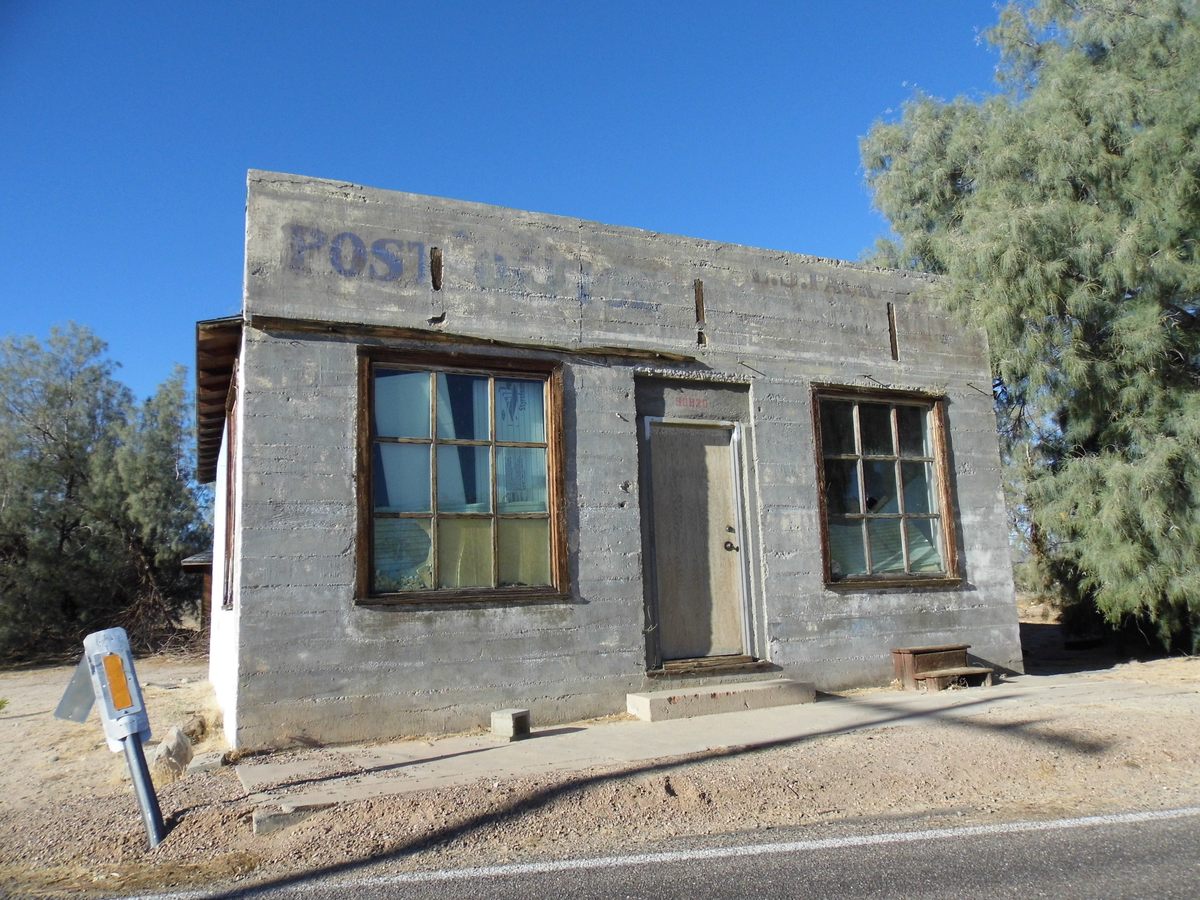
Lincoln Heights Jail
This building was used to house prisoners (including Al Capone), as well as people imprisoned for their sexuality. The site used to be the Los Angeles Central Jail.
The institution was opened in 1931. It was designed to accommodate a maximum of 625 prisoners. Despite this, by the 1950s, the number of prisoners reached 2,800. In 1951, an event known as Bloody Christmas occurred, when seven prisoners were brutally beaten.
The period of the 1950s and 1960s is remembered for the fight against homosexuals and the LGBTQ community, which was led by Chief of Police William Parker. In 1965, the prison was decommissioned. According to the authorities, it was too expensive to expand and maintain.
The building was empty for a long time, despite the idea of reconstruction. The following options were proposed: repurposing the building into an educational institution or a city garden on the roof. In 1979, the Bilingual Foundation of the Arts moved into the former prison. However, the building was closed in 2014. Another idea was proposed by the city authorities in 2017 regarding the repurposing and restoration of the former prison, as well as the development of the surrounding area. By March 2020, everything was supposed to go according to plan, but the environmental problems that arose during the cleaning of the complex did not allow the matter to be completed.
The building is empty, the walls are covered with graffiti and many windows are broken. The only visitors are security guards and the occasional camera crew. The building was filmed in the scenes of the following movies: Iron Man 2, L.A. Confidential, American History X and other films.
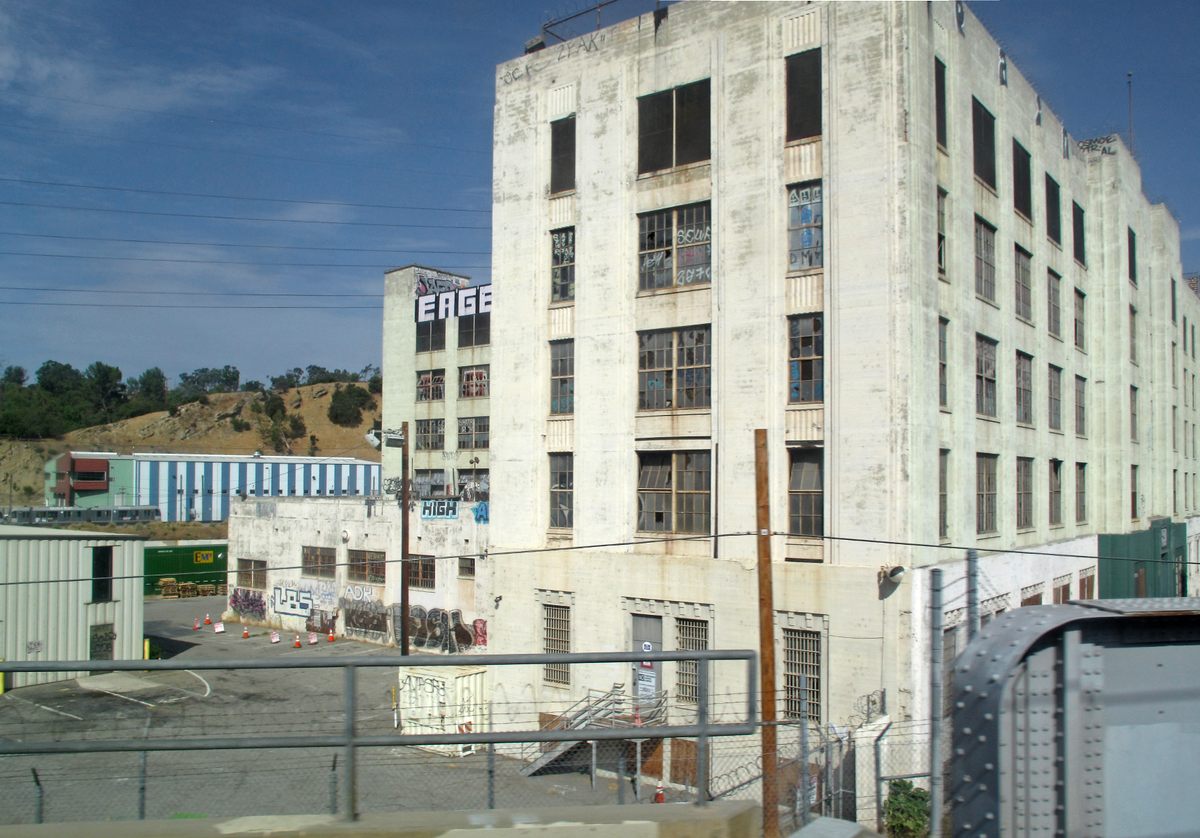
Casa Sirena
We would like to complete the selection with a seaside resort that was abandoned in 2009 and is located in Oxnard, California. It was built by local hotel magnate Martin W. Smith in 1976. In 2006, reconstruction took place. In 2009, some of the resorts were declared inactive.
The seaside resort was located in a prominent place. It is a forgotten ruin of the past glory days. In 2023, the building was completely demolished.



